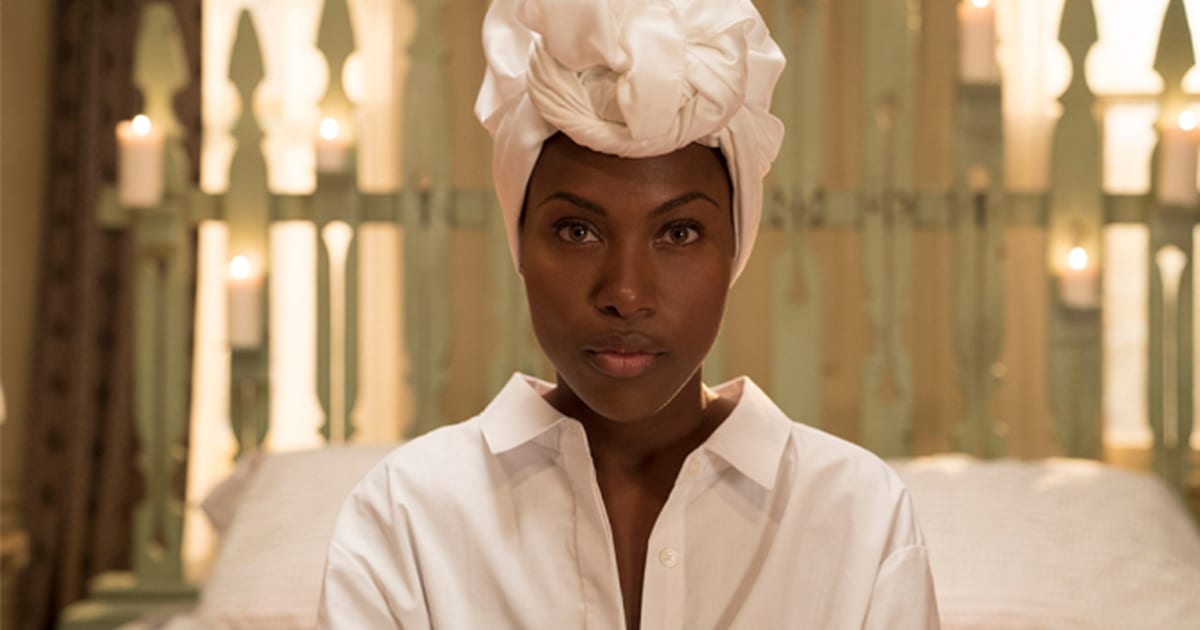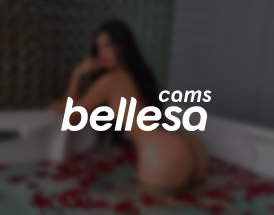Televising the revolution: She’s Gotta Have It & the black female gaze

At the age of sixty, 31 years after Spike Lee's 1986 film début, the man has dropped a fat new joint. Since it was released in November, the new She's Gotta Have It TV series on Netflix revisits the premise of then 29-year old Lee’s ahead-of-its-time film debut of the same name. He was just out of NYU film school, and shot the film in two weeks, for about $175,000. It went on to earn $7.1 million at the box office, establishing Lee as one of the most unique and inspiring storytellers in cinema. It’s my belief that the new ten-episode season of She's Gotta Have It 2017 has as much revolutionary potential as the original did, if not more, and is equally ahead of its time. Let us not forget that life imitates art, and that the two are in constant dialogue.
The 1986 film’s protagonist, Nola Darling, represented nothing short of a game-changer for women in general, and black women in particular. She boasted natural hair and darker skin than that of most young black actresses at the time. Lee is famous for his depictions of characters who are matter-of-factly black. She emanated defiant sexual self-assurance; the young Brooklynite artist portrayed onscreen also happens to openly reject monogamy, choosing to date and sleep with three different men at once. At the start of the film, Nola sits up in her king-size bed, looks directly into the camera, and says, "I consider myself normal, whatever that means."
Meanwhile, the new 2017 series has been praised for its strong female protagonist and feminist depiction of a young, empowered, sex-positive black woman artist living alone in Fort Greene, Brooklyn, while unapologetically juggling those aforementioned three male lovers, as well as one woman lover too. A few key differences from the original: Nola 2.0 exists in the age of Black Lives Matter and gentrification, and Lee collaborated with a team of women this time around, including his wife, Tonya Lewis Lee, who also happens to be the executive producer, as well as several black female writers, to help create a story from Nola's perspective. Although the world as we know it is understood based on the tenets of the (white) male gaze, Lee’s effort here is to conjure the (black) female gaze and deliver it. The result: joy.
Post is gone 😬The (black) female gaze
The season finale of She’s Gotta Have It 2017 ends similarly to the film—with Nola inviting all three of her male lovers over for Thanksgiving dinner to (gasp!) introduce them to each other. After dinner, she unveils a painting she’s completed, entitled 3-headed Monster. Truly my heroine, this gal has done the unthinkable: she has painted three naked men, side-by-side, with their—ahem—heads exposed. “Objectification is a bitch, right?” she says to their initially shocked faces. The scene ends with all four of them dancing funkily to Prince’s Raspberry Beret. Is it any coincidence that the late musical genius was also a gender revolutionary and feminist? I think not. The entire series is a still ahead-of-its-time comment on men’s tendencies to rewrite women in their own image, and one woman’s efforts to flip the script and thus mitigate the effect this has on her own life. The good news is, TV in particular is making some noteworthy strides when it comes to flipping the script of late.
Sex scenes…rewritten
According to Lyriq Bent, who plays Jamie Overstreet, one of Nola’s lovers, shooting the show's sex scenes, in particular, helped to challenge and reroute the typical Hollywood onscreen depictions of sex, shot as they are from an unequivocally male perspective.
"When you shoot a scene like that, it’s easy to see the woman as not in control of the situation, because men tend to be physically dominant," he says. But Tonya Lewis Lee was clear that the sex scenes were not just sex scenes, but intimate ones. By skillfully shifting the focus in these scenes to the emotional and psychological truth of the moment, rather than the physical, poof, Nola, the female protagonist, gains a kind of personal power generally not afforded to women in onscreen sex scenes. I’m not sure why the world continues to turn when women are stripped of their innate magical powers in any forum, but I’m always joyful when consuming art that restores it. To me, She’s Gotta Have It is restorative.
Nola Darling is one of the only onscreen personalities I’ve ever encountered in my life in which I see myself at least partially reflected. Something white people (men in particular) may have a hard time imagining since most popular cinematography is created from the perspective of white men. But the landscape is changing, and I for one am really, truly excited about it.
Post is gone 😬Haters are bound to hate
As per usual, anything of revolutionary import is bombarded with all manner of smart and stupid sounding commentary that entirely misses the point.
Helen Herimibi of IOL writes, “The black girl magic is starting to wear off, with shows like Scandal and The Fixer, I needed She’s Gotta Have It to be brilliant. It’s not.” Disturbingly, this comment right away reveals what I find to be the problem with most critiques of the series—as well as with most critiques of any black shows that counter dominant political narratives. Questions to ponder here: is there a quota on shows by and about black people and black women, in particular, that doesn’t apply to other shows? Do people of all races hold them to a higher standard than everything else? Does each one have to “outdo” the last to be considered worthy?
Personally, I’m of the opinion that the larger the body of filmography, television, and pop culture of any kind out there that ignites insightful discussions about race, gender, power, and sexuality—the better off we all are, for goddess’ sake. I have also read critiques of the show from many other angles, including Nola’s self-declared pansexuality, polyamory, and queerness, and how these facets of her identity are problematically “rooted in selfishness, uncertainty, and narcissism.” Sorry, but how many people do you know devoid of these motivators in some measure? Maybe her character forgot to read the guidebooks on how to be a law-abiding rogue?
A damn mess
I could write a good dozen articles on the show, and just may; it explores themes of racism, sexism, sexual assault, victim blaming, body image, gentrification, class privilege, gender roles, art-making, and independent women defining relationships on their own terms, while refusing to settle for the narratives of men—to name a few.
The overlapping themes flow, overflow, cross one another, and make a damn mess. And I’m pretty certain that’s the whole point.
Image source: Netflix



